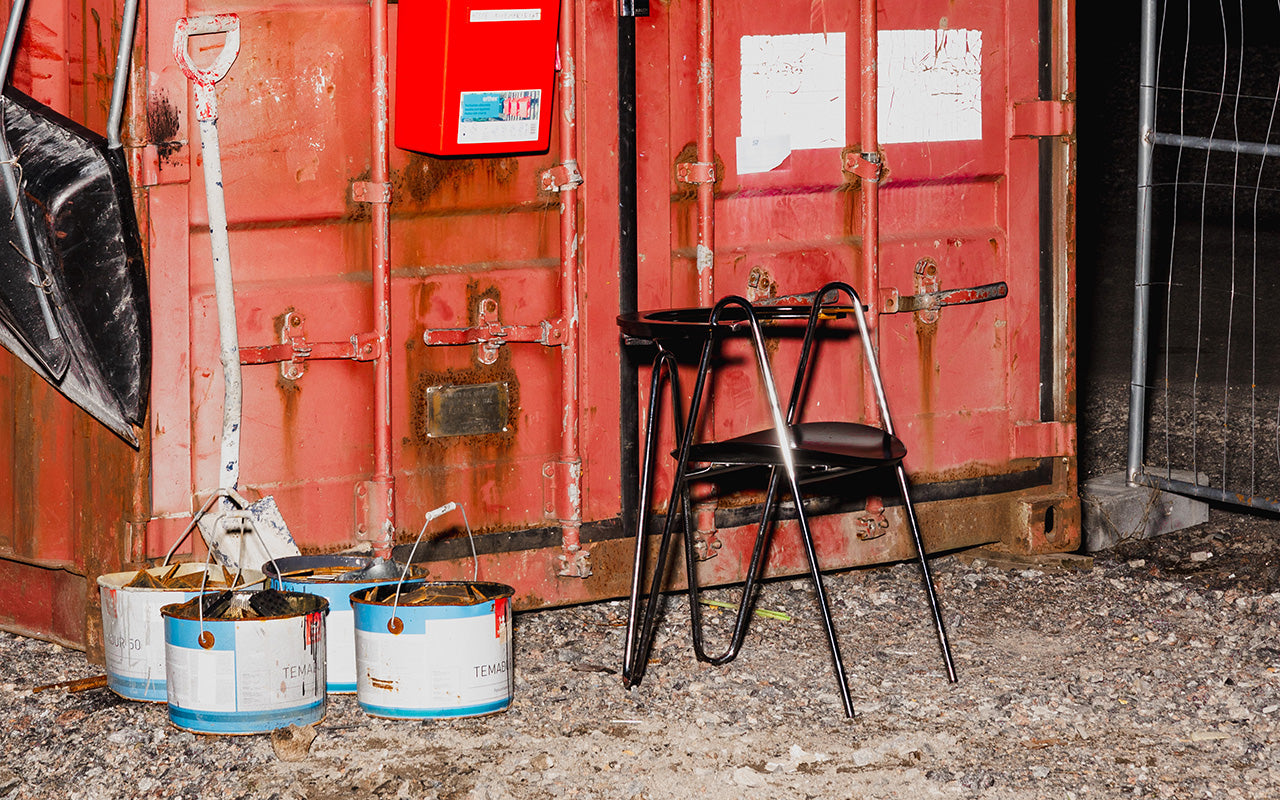
Refined Rawness: On Lived-In Beauty and the Current Language of Interiors
In the ever-evolving dialogue between culture and aesthetics, interiors — like fashion — are in constant conversation with the times. Over the past decade, quiet luxury has shaped a world of design that speaks in hushed tones: clean palettes, natural textures, and subtle details that whisper rather than shout. But alongside this trend, a new sensibility has begun to take shape—refined rawness—where elegance emerges not from polish, but from authenticity and quiet presence.
Far from rejecting luxury, refined rawness redefines it. It is a return to spaces that feel lived in rather than staged, where materials are left raw, details imperfect, and charm arises not from perfection—but from depth and character. Plaster walls left bare, exposed concrete with its quiet tactility, and vintage furnishings showing the passage of time—all telling a story.
Much like lace—so delicately woven it demands a trained eye to truly appreciate—it takes a certain sensibility to see beauty in what is not showy. Interiors shaped by refined rawness invite the observer to slow down, to notice the light falling across a textured wall, the softened edges of a well-worn table, the subtle irregularities in a handmade vase. These are not flaws—they are traces of life.
This is a form of sophistication that reveals itself over time. It offers something more enduring than surface shine: a space where the soul can rest. It is a kind of modern humility, a quiet confidence rooted in care, not spectacle.
